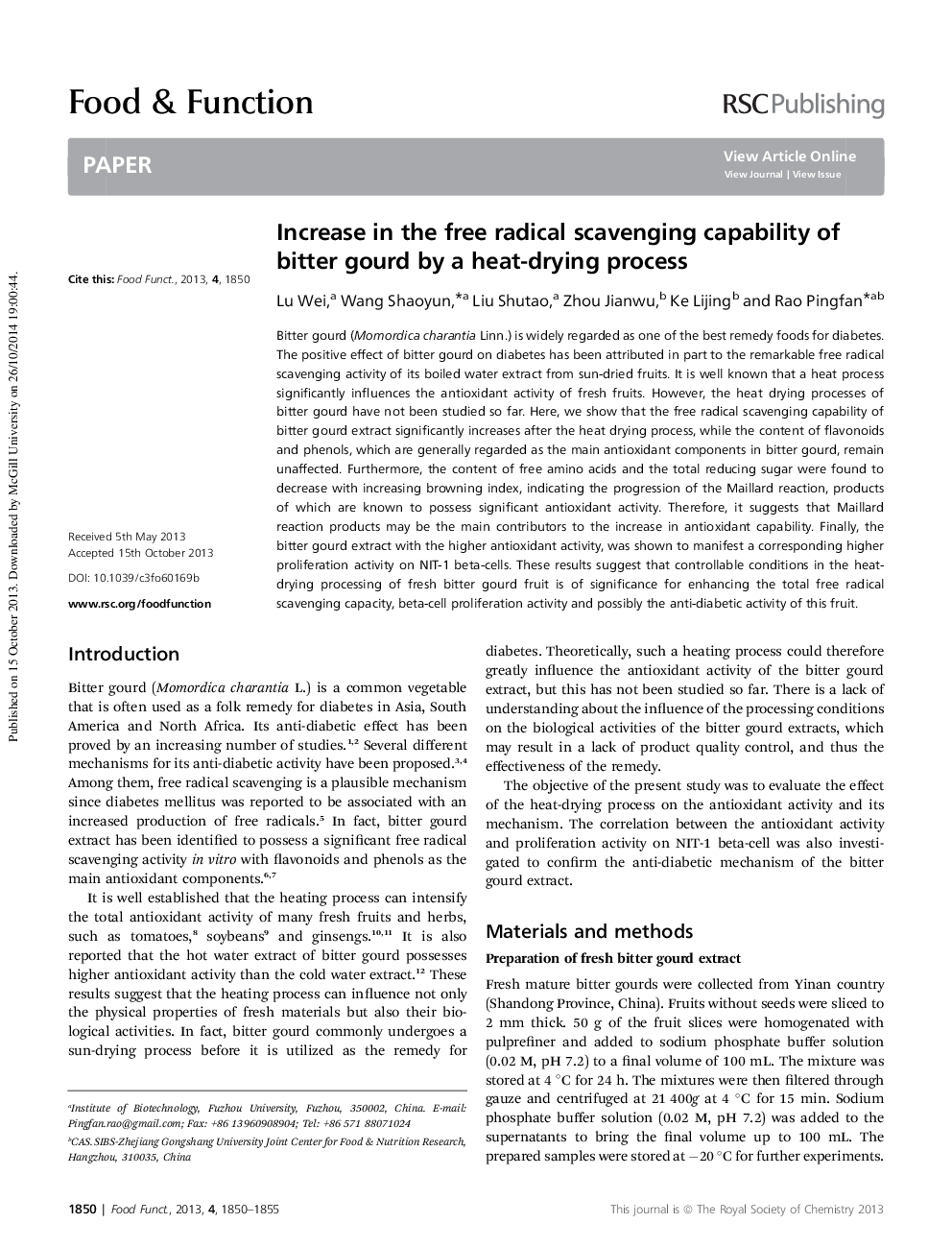| Article ID | Journal | Published Year | Pages | File Type |
|---|---|---|---|---|
| 5760455 | Mathematical Biosciences | 2017 | 6 Pages |
Abstract
Compartmental models can be used for inverse modeling of long distance tracer transport experiments in plants. Such transport models describe axial convection and diffusion as well as exchange between compartments, and are defined by partial differential equations (PDEs). Since for inverse modeling, the forward simulation needs to be evaluated frequently, a fast PDE solver is required. Here, we compare several different finite volumes schemes up to fifth order for spatial discretization with respect to accuracy, computation time and numerical oscillations. The comparison has been performed using initial conditions with varying steepness, and periodic boundary conditions. For time discretization, standard fifth order Runge-Kutta methods are used. For smooth initial conditions, fifth order upwind schemes for spatial discretization yield the most precise and fast solutions. For higher steepness of the initial condition, higher order upwind schemes produce spurious oscillations while flux limiter schemes as well as weighted essentially non-oscillating (WENO) schemes can suppress these oscillations, at the expense of comparably slower convergence rates and higher computation times.
Related Topics
Life Sciences
Agricultural and Biological Sciences
Agricultural and Biological Sciences (General)
Authors
Jonas Bühler, Gregor Huber, Eric von Lieres,
